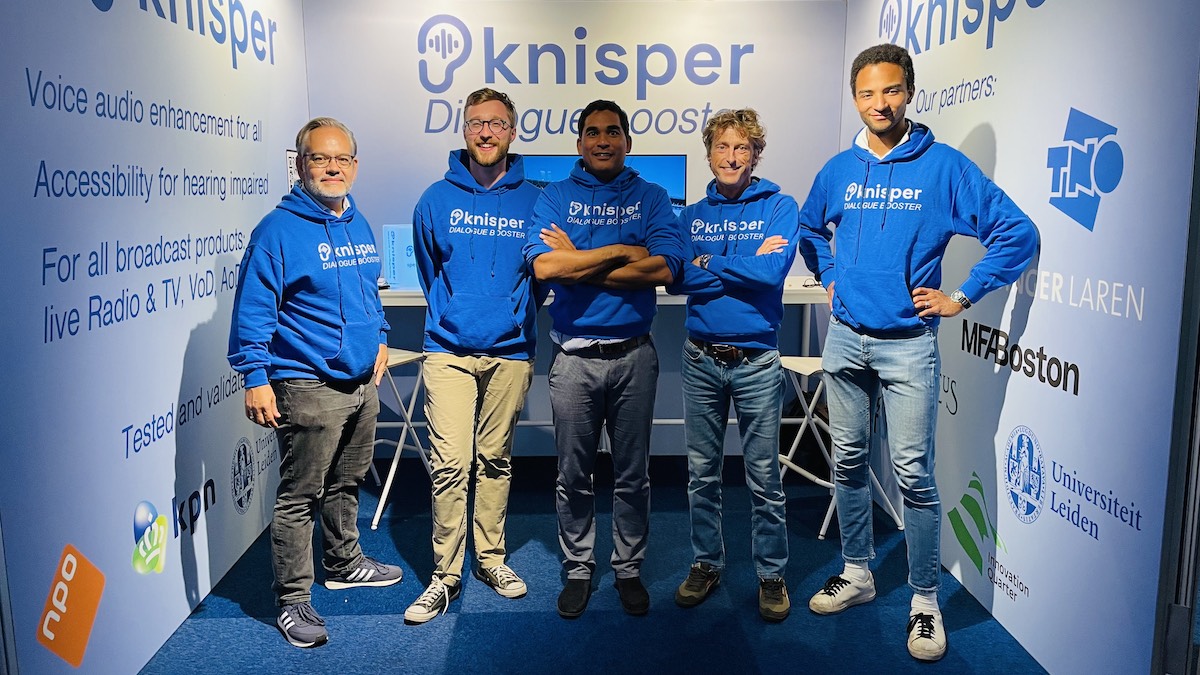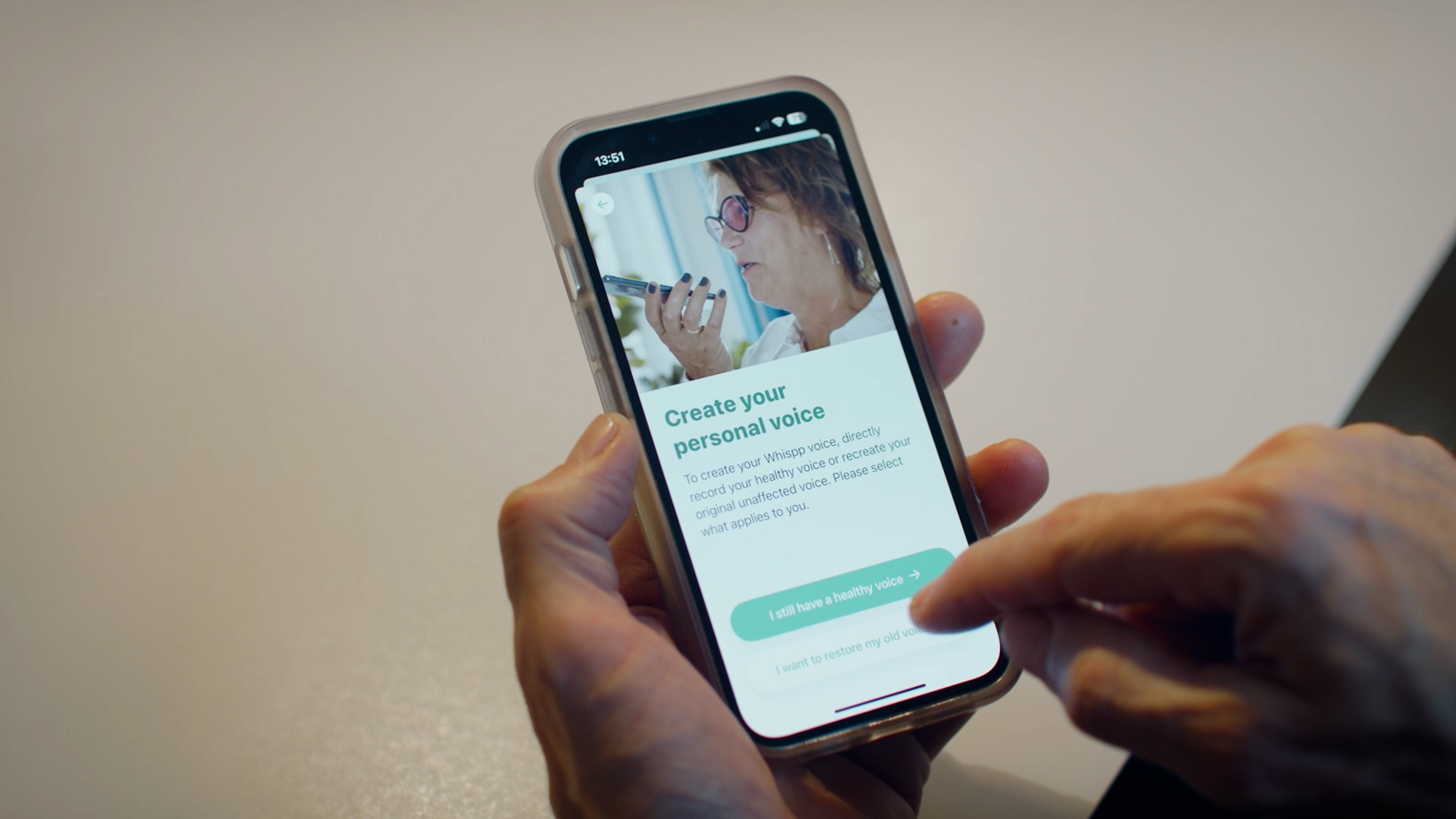
Making life higher for people with disabilities is a laudable goal, but accessibility technologies have not traditionally been popular with VCs. In 2022, technology corporations for people with disabilities attracted approx $4 billion in early-stage investments, which was a fraction Fintechconsumption, e.g.
One reason is that disability tech startups are often considered too area of interest to attain business viability – at least at the scale that enterprise capital requires. By definition it is assumed so building for minorities. However, some startups in the space have also began to serve a broader population and throw in some artificial intelligence at all times helps.
Both cases strike a balance: the broader business case must make sense without losing sight of the startup’s mission. Meanwhile, AI have to be used inefficiently to pass the due diligence test.
Some accessibility-focused startups understand these needs, and it’s price taking a closer look at their strategies. Here are 4 European startups doing just that.
Visualize
Image credits: Visualize
Visualize uses artificial intelligence to enhance the lives of people with hearing loss. The Spanish start-up is focusing on safety and autonomy – this includes sound recognition artificial intelligence that recognizes fire alarms and the sound of a baby crying in the home. “Artificial intelligence is critical to our business,” CEO Manel Alcaide told TechCrunch last month.
The company offers consumers an app that also serves as an add-on to Visualfy Home, a hardware package consisting of three detectors and a host device. It also entered the public sector with Visualfy Places – it’s no coincidence that it’s a startup recently raised funds from the Spanish state-owned railway company Renfe.
One of the reasons Visualfy is gaining traction on the B2B side is that public facilities need to make sure accessibility, especially when health and safety are involved.
In an interview, Alcaide explained that the Visualfy devices and PA systems that Visualfy will install in places similar to stadiums may even give you the option to watch air quality and other metrics. In the EU, meeting these other targets could help corporations get subsidies while doing the right thing for deaf people.
This last issue is still at the heart of Visualfy, which was founded as a B company and employs each hearing and deaf people. Including deaf people at all stages is a moral attitude – “nothing for us without us”. But common sense also requires higher design, Alcaide said.
Crisp

Image credits: Audus Technologies
People with complete hearing disabilities constitute a smaller a part of a large and growing group. By 2050, 2.5 billion people they are expected to have some degree of hearing loss. Many people won’t wear hearing aids for a number of reasons, including stigma and cost. The Dutch B2B startup Audus Technologies targets its product to such recipients, Crisp.
Knisper uses artificial intelligence to make speech more intelligible in environments similar to cinemas, museums, public transport and business conversations. In practice, this implies splitting the audio and mixing it back into a clearer track. This does so without increasing the background volume (something every hearing aid manufacturer cannot say), making listening comfortable for everyone, even without hearing loss.
Former ENT surgeon and Audus founder Marciano Ferrier explained that this was impossible to attain with similar results before artificial intelligence. Knisper was trained on hundreds of videos in multiple languages, with variations similar to background noise and distorted speech. It took work, but Audus is now moving beyond the development stage and focusing on adoption, Joost Taverne managing director told TechCrunch in February.
“We already work with a number of museums, including the Museum of Fine Arts in Boston,” said Taverne, a former member of Parliament and diplomat who hung out in the US. “We also publish audiobooks with a Dutch publishing house, where we create an audiobook of Anne Frank’s diary available to people with hearing loss. Now we have a workspace solution.”
Entering the B2B market is not an easy path, so it makes sense for Audus to focus on clients similar to museums. They are often noisy, which might make audio guides difficult to listen to. Using Knisper technology to extend their intelligibility advantages the general public, not only those with hearing loss, making adoption easier.
Whisper

Image credits: Whisper
A colleague from a Dutch startup Whisper also focuses on speech, but from a different angle. As TechCrunch reported from CES earlier this 12 months, its technology converts whispered speech for natural voice in real time.
Whispp’s primary goal group is “the currently underestimated group of 300 million people with vocal disabilities around the world who have lost their voices but can still articulate well” – its side explain.
For example, people with voice disorders that only allow them to whisper or use an esophageal voice; or stutterers, like CEO Joris Castermans. He knows perfectly well how whispering affects his speech.
For people with limited articulation as a consequence of ALS, multiple sclerosis, Parkinson’s disease or stroke, solutions exist already similar to text-to-speech apps, but they have drawbacks similar to long delays. For people who can still articulate, this may increasingly be too much of a compromise.
Using audio-to-audio AI, Whispp is capable of provide them with a voice that might be produced in real time, is language independent, and sounds realistic and natural. If users are capable of provide a sample, it might even sound like their very own voice.
Castermans told TechCrunch because there is no text inside, Whispp is also safer than alternatives. He added that this might open up latest applications for patients who are not silent and must have confidential conversations.
It’s unclear how much users without voice issues can be willing to pay for Whispp’s technology, but Whispp also has several monetization paths to explore with its core audience, similar to a subscription fee for the voice calling app.
Aca pela

Image credits: Acapella group
Whispp emphasizes that some people must store their voice for later use. Known as voice bankingthis process is what Acapela hopes to make easier with the service launched last 12 months.
Acapela Group, which was bought by Swedish technology accessibility company Tobii Dynavox for EUR 9.8 million in 2022it resides in the text-to-speech space several many yearsbut it’s only recently that artificial intelligence has modified the voice cloning landscape.
The results are much higher and the process is faster. This will lower the bar for voice banking, and while not everyone will do it yet, there could also be demand for people who know they are at risk of losing their voice after being diagnosed with certain conditions.
Acapela does not charge for the initial phase of the service, which involves recording 50 sentences. Only when users need to put in voices on their devices do users must purchase them, either directly through Acapela or through a third party (partner, reseller, national medical health insurance program or other).
In addition to the latest potential unlocked by AI, the examples above show some of the paths startups are exploring to maneuver beyond their core goal group of disabled users.
Part of the pondering is that a larger addressable market can increase potential revenue and spread costs. But for their customers and partners, it is also a strategy to remain faithful accessibility definition as “the characteristic of being capable of entry or use by anyone, including disabled persons.”

